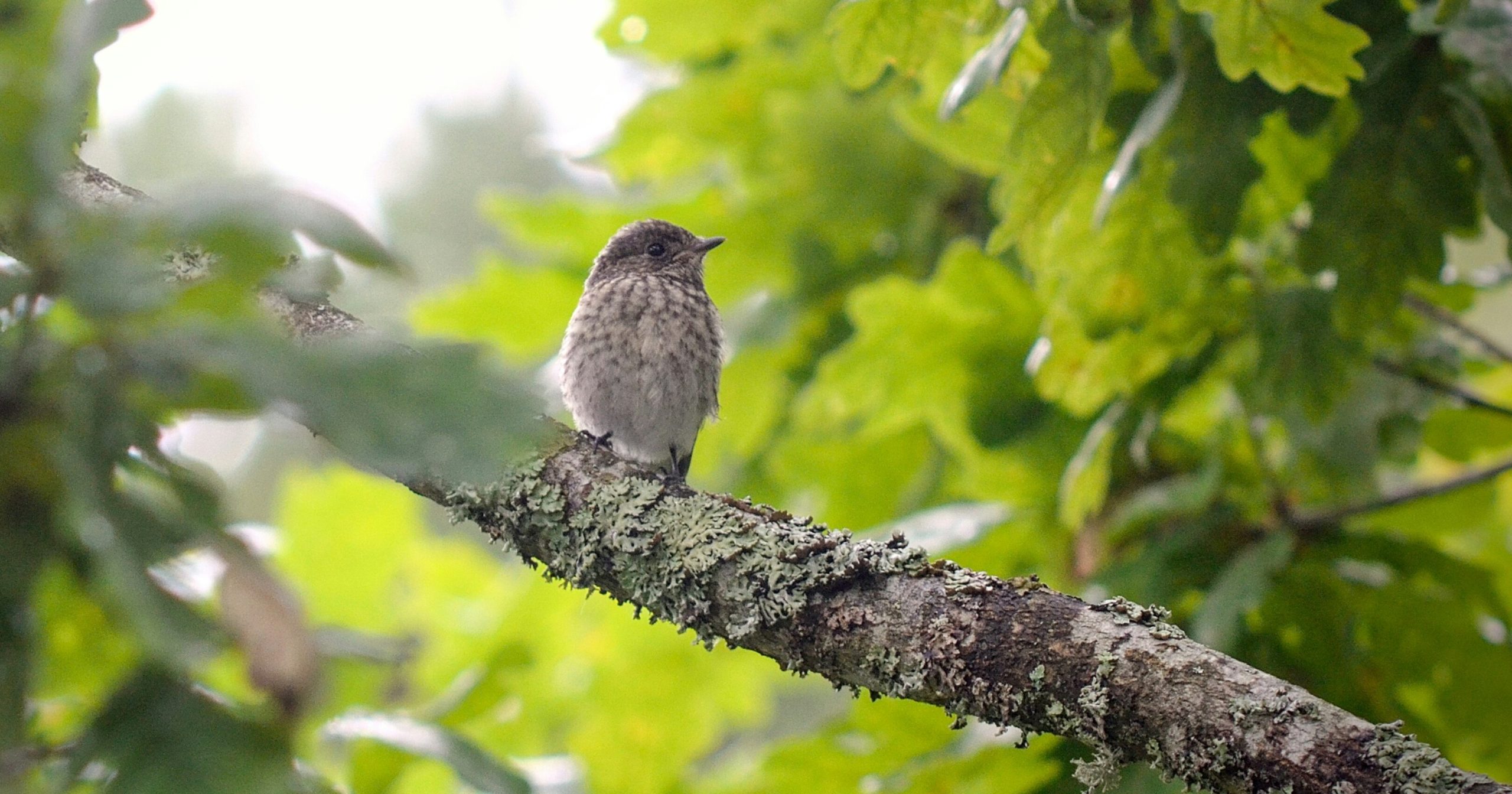Have you ever picked a fresh, ripe plum from a plum tree and just eaten it right on the spot? If so, you’ve won at the game of life. If not, I highly recommend it. This article may help you live in a world where summers are full of fresh plums. That’s right, we’re going to talk about how to plant a plum seed and grow a big, healthy tree.
What are plums?
Plums are the fruit of the plum, or Prunus tree. They are medium sized fruits with a sweet flavor and a waxy red or purple coating. Their fruit tends to be pink to off-white depending on the type of plum. Dried plums are called prunes and are well known for their natural laxative effect.
Plums are said to be among the first fruits domesticated by humans. These fruits have been found at archaeological sites dating back to the Neolithic age. Growing a plum tree of your own is like taking a step 12,000 years into the past!
Read More: 5 Reasons Why Cities Should Plant Urban Fruit Trees
How to plant a plum seed
Once you’ve eaten the flesh of a plum tree’s fruit, you’ll find yourself with a hard, unappealing seed, or pit. Plum pits are what eventually grow into a brand new plum tree. This is the part you’re going to want to plant. But before you get a pot ready, you need to prepare the seed through the stratification process.
Stratification is the process of creating an artificial winter for the seed. Some seeds need prolonged exposure to cold or freezing temperatures in order to germinate. Plums are one of them. Don’t worry, it’s very easy to do.
- First, remove all pulp from the pit
- Wash the pit in lukewarm water and scrub any remaining pulp off of the pit
- Wrap your pit in a damp paper towel and place inside a closed plastic zipping bag
- Place your plum pit in your refrigerator. This will mimic winter
- Check your pit starting at 4 weeks. Somewhere between 4 to 8 weeks, it should sprout.
You can also plant a pit directly outside in the ground in the fall and it will sprout in spring if viable. If you go this route, plant the seed 3 inches underground.
Once your stratified seed has germinated, it’s ready to plant. Place in a pot filled with well draining soil and plant 2 inches deep. Keep the soil damp but not soaked. Leave in an area with bright light.
Once the danger of frost has passed, your plum seedling can go outside. Dig a hole twice as wide and deep as the pot your plum is growing in. Mix a bit of compost into the hole and fill with enough dirt that the seedling’s base is level with the ground around it. Plant the seedling and fill the hole, creating a slight mound if at all.
During the first few years if growth, you’ll want to fertilize your plum tree in the spring with a 10-10-10 fertilizer. Follow up with a second fertilizer in late summer.
- Note: plums are hardy to USDA hardiness zones 5-9.
How long does it take plum trees to fruit?
How long your plum tree needs to grow before fruiting depends on a few different factors, like the type of plum tree, your climate, how you’ve been fertilizing it, and so on. In general, it will take a few years before the tree grows large enough to fruit. The average lifespan for a plum tree is unexpectedly brief – 10 to 15 years. If you want plums consistently for the rest of your days, plant a new plum pit every 5 years or so.
And with that, you now know how to plant a plum seed! Go forth and fill the world with plums.
Keep Reading: How To Grow More Blueberries Than You’ll Ever Need













